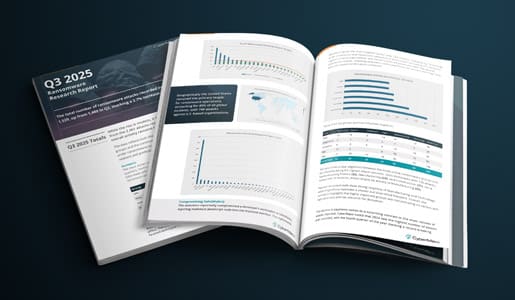Cyberattacks don’t discriminate by company size—mid-market organizations are increasingly in the crosshairs. According to industry reports, around 50% of breaches consistently impact businesses with fewer than 1,000 employees, and many of those attacks originate from compromised endpoints or email accounts.
Endpoint Monitoring: The First Line of Defense
Endpoints—from laptops to mobile devices—are gateways to your company’s data. Without continuous monitoring:
- Malware and ransomware can spread undetected.
- Insider threats or compromised credentials go unnoticed.
- Vulnerabilities in software or OS patches are easily exploited.
Proactively monitoring endpoints helps detect abnormal behavior, trigger alerts, and isolate threats before they become breaches.
Mailbox Monitoring: Protecting the Most Vulnerable Attack Surface
Cloud mailboxes are among the most targeted assets:
- 94% of malware is delivered via email (CSO Online).
- Business Email Compromise (BEC) scams caused $2.9 billion in losses in 2023 alone (FBI IC3 Report).
Monitoring cloud mailboxes enables real-time detection of suspicious logins, malicious attachments, and social engineering attempts—crucial in industries where data privacy and regulatory compliance are non-negotiable.
Protecting Your Business and Your Budget
Mid-market businesses have different budgets and risk profiles. The ability to choose endpoint, mailbox, or a combined approach empowers organizations to:
- Align protection with their most critical assets.
- Scale security investments as the company grows.
- Maintain compliance with frameworks like HIPAA, GDPR, or PCI-DSS.
A Final Thought
Security isn’t one-size-fits-all. But visibility—whether into endpoints, cloud mailboxes, or both—is non-negotiable. Monitoring gives your organization the insight and control to reduce risk, meet compliance, and build resilience in an ever-evolving threat landscape.





